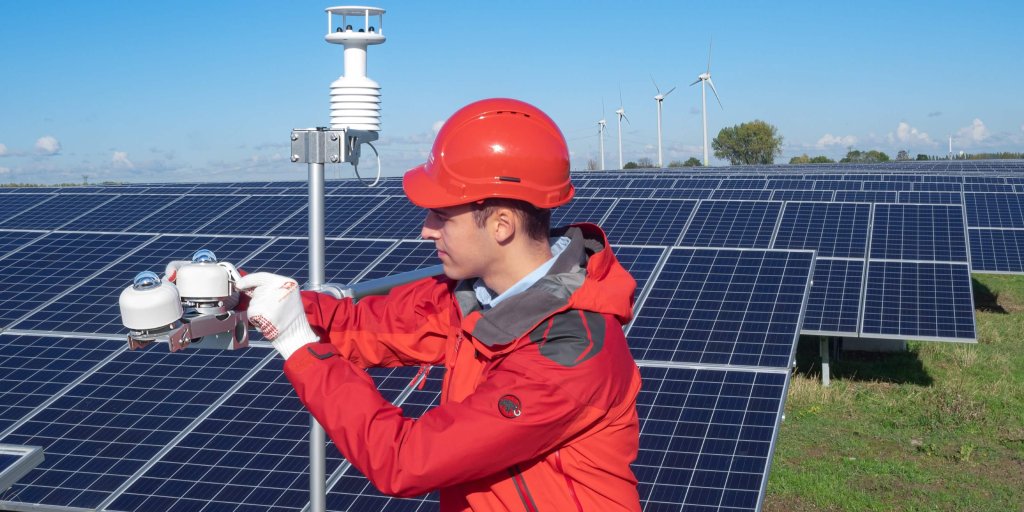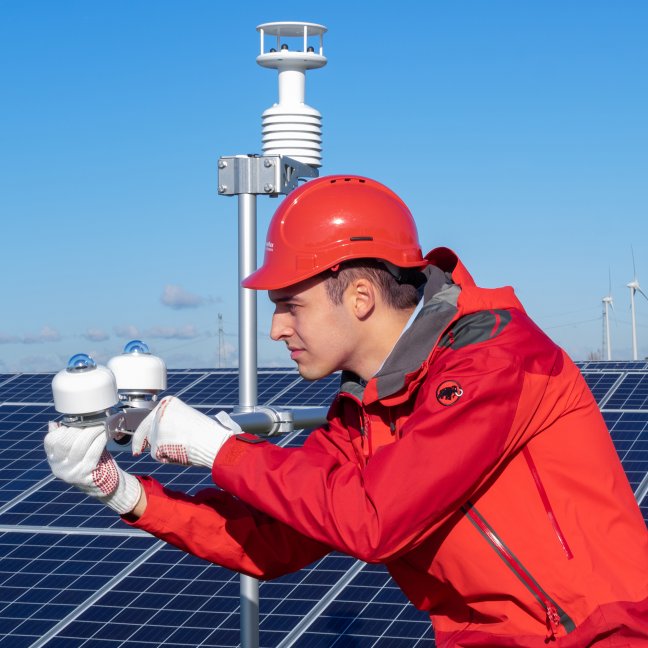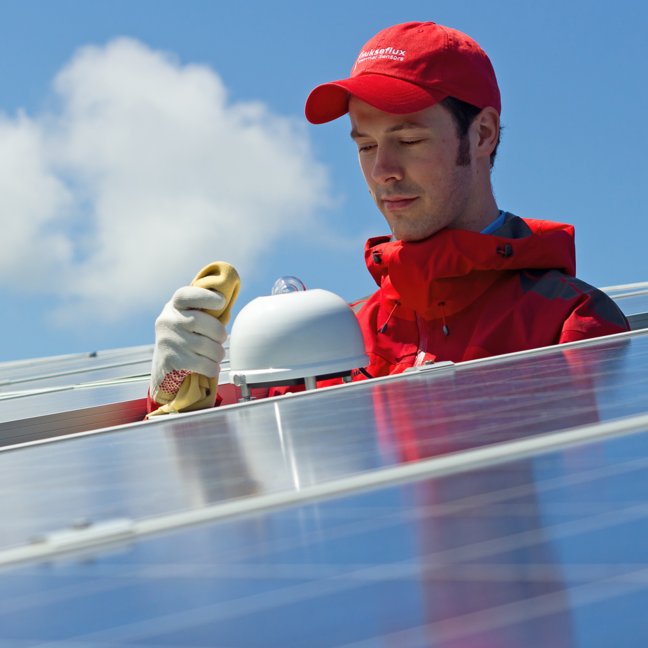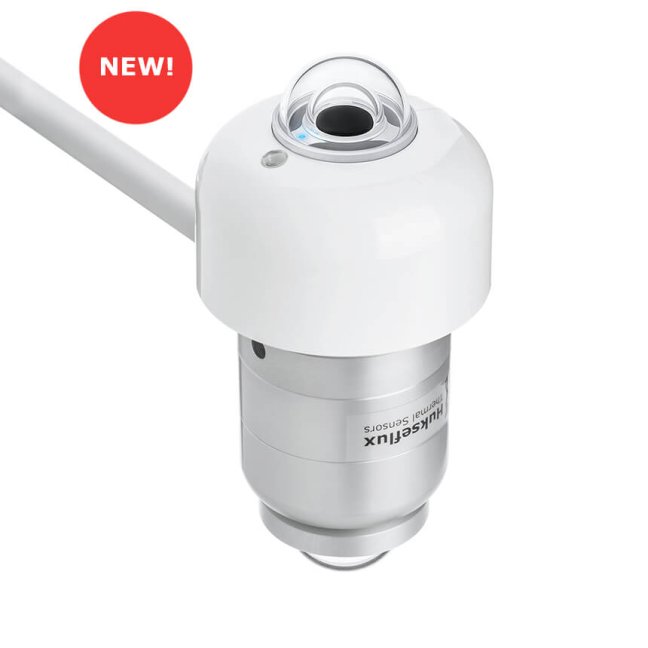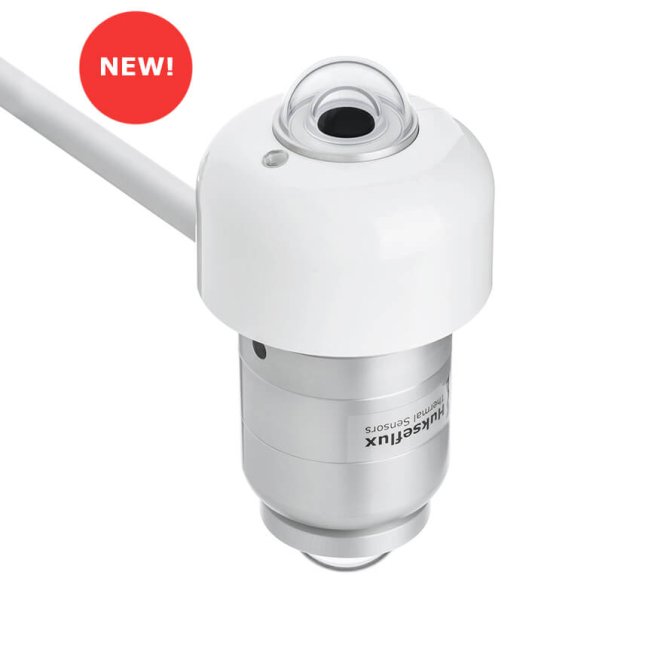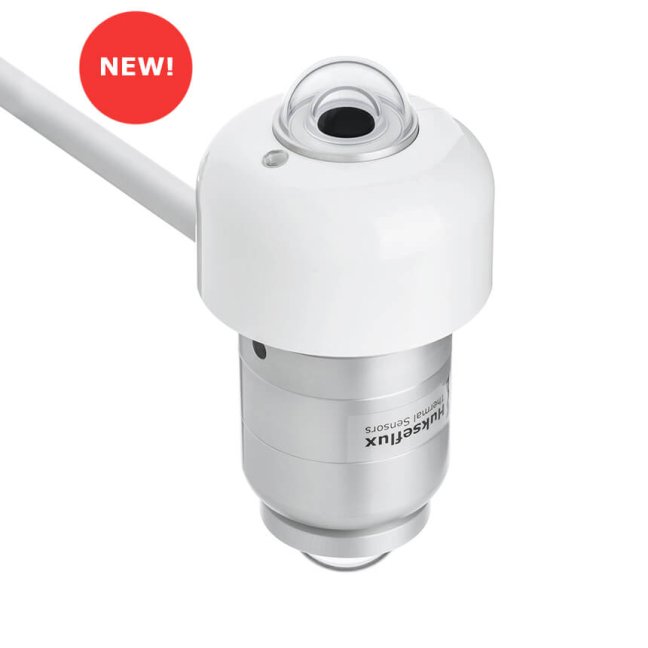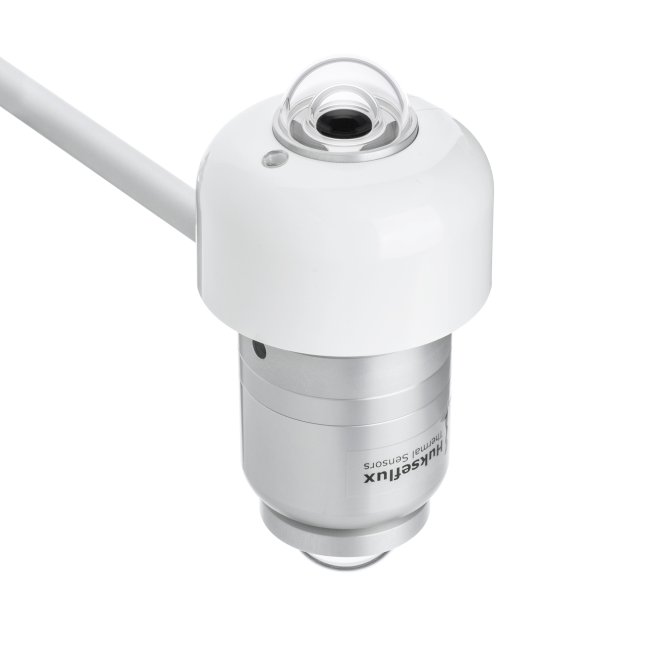Solar energy / PV system performance monitoring
Hukseflux is a leading manufacturer, both in technology and market share, of pyranometers. We supply to the world's largest PV system performance monitoring companies, system integrators and OEM customers. Our product range for PV monitoring includes pyranometers (measuring global solar radiation) and pyrheliometers (measuring direct solar radiation).
PV system performance monitoring
The purpose of PV system performance monitoring is to accurately monitor system performance. The measurements are used for several purposes:
- technical: Failure detection
- technical: Creating a performance baseline
- operational: Scheduling service and cleaning
- financial: Increase income
- financial: Risk profile reduction
- financial: Sale of the PV power plant
Many users apply the IEC 61724-1 standard.
What is measured
Sensors of our pyranometer product line measure solar radiation. They essentially measure the radiative energy flux onto or through a surface in [W/m²]. The most common parameters that we measure are:
- outdoor solar radiation, most commonly measured in horizontal position - Global Horizontal Irradiance, GHI, measured with a pyranometer
- outdoor solar radiation, in “plane of array” next to PV panels - plane of array POA irradiance, measured with a pyranometer
- outdoor solar radiation, reflected solar radiation from the soil - measured with a pyranometer facing the ground, also measuring albedo and net radiation, when combined with GHI
Specifications
Pyranometers, pyrheliometers and pyrgeometers are optimised for the demands of different applications.
- pyranometers instruments can be purchased in different accuracy classes according to ISO 9060:2018
- users in PV system performance monitoring need to comply with IEC standards
- the output signal may differ, analog and digital signals
- we offer various accessories for mounting, such as brackets
- there are many options to increase data availability employing heating and ventilation
Pyranometers products typically employ thermopiles. Thermopiles generate a signal, as a result of the temperature difference between the hot and cold side of the thermopile. The signal is proportional to the incoming radiation. Thermopiles are passive sensors; they do not require power. The output is a small millivolt signal. This can be measured and converted to radiation by many dataloggers. Some pyranometer models have internal amplifiers converting this millivolt signal creating measureable signals for dataloggers that do not accept the raw millivolt signal. Other models have a digital output.
Options such as ventilation are combined with heating. This suppresses dew and frost deposition. Other options such as internal tilt- and humidity sensors are useful for remote diagnostics of the sensor.
The images on this page show model SR30 next level digital secondary standard pyranometer.

Selecting a sensor
We can assist you selecting a sensor. A typical checklist is:
- what is the application; what must be measured
- are there any standards that you must follow
- any special environmental conditions like expected dew, frost, snow, dust
- what are the accuracy requirements
- how do I organise re-calibration
- what power is available
- how can I mount instruments
- will instruments be regularly cleaned? If not, then purchasing a high accuracy instrument may be less useful.
- what data acquisition do I have, can it measure in the millivolt range; if not what kind of input can it accept?
- what other things must be measured; usually it is best to use one measurement system performing all measurements
- what is the required cable length
What we contribute
Hukseflux has been designing solar and longwave radiation sensors since 2007. In the course of the years, we have added many sensors to our product range and have become leader both in technology and in market share. We supply a range of pyranometers compliant with IEC requirements for Class A, B and C monitoring systems.
Advantages
Hukseflux is the technology leader and one of the market leaders in solar measurement. We offer:
- assistance - select the best sensor for your application
- assistance - optimising the sensor – measuring system combination, also looking at the total system (our users often measure more than just radiation)
- worldwide support – specialists available in the major economies
- calibration support – efficient worldwide calibration organisation
- proven performance – we have experience in most applications
- compliance with standards - IEC 61724-1 and ISO 9060 sensors
- traceability - formal metrological traceability to international standards

Take a look at our selection of suitable sensors:








